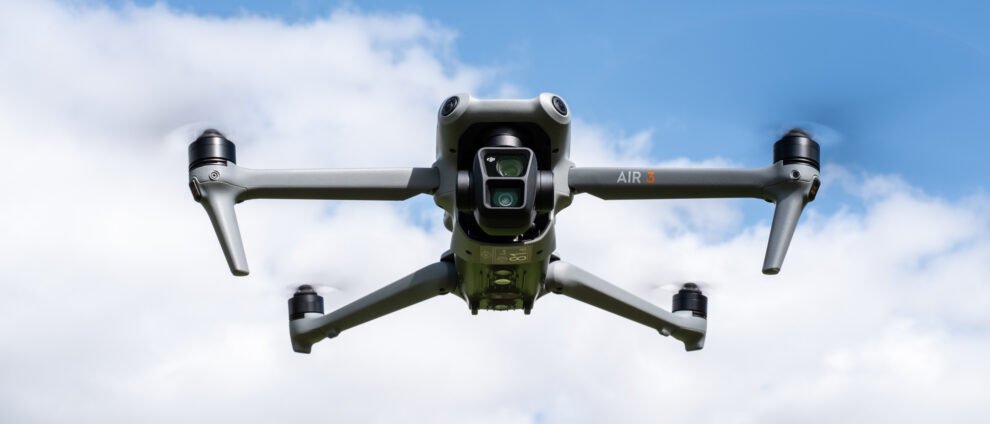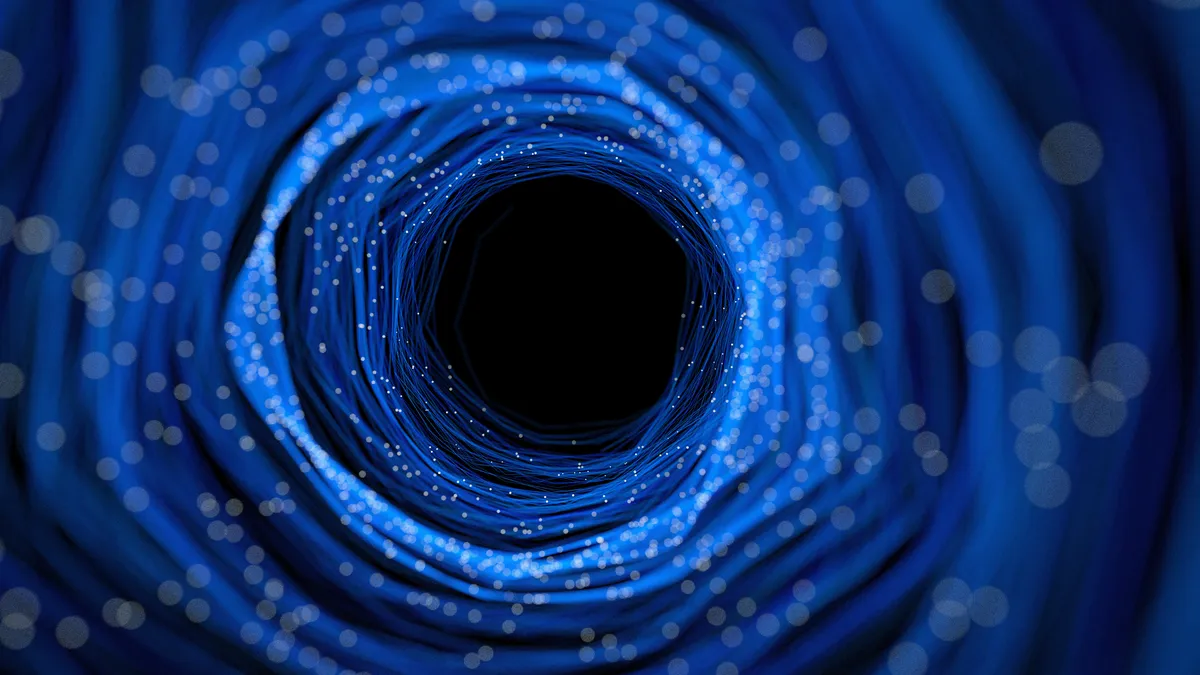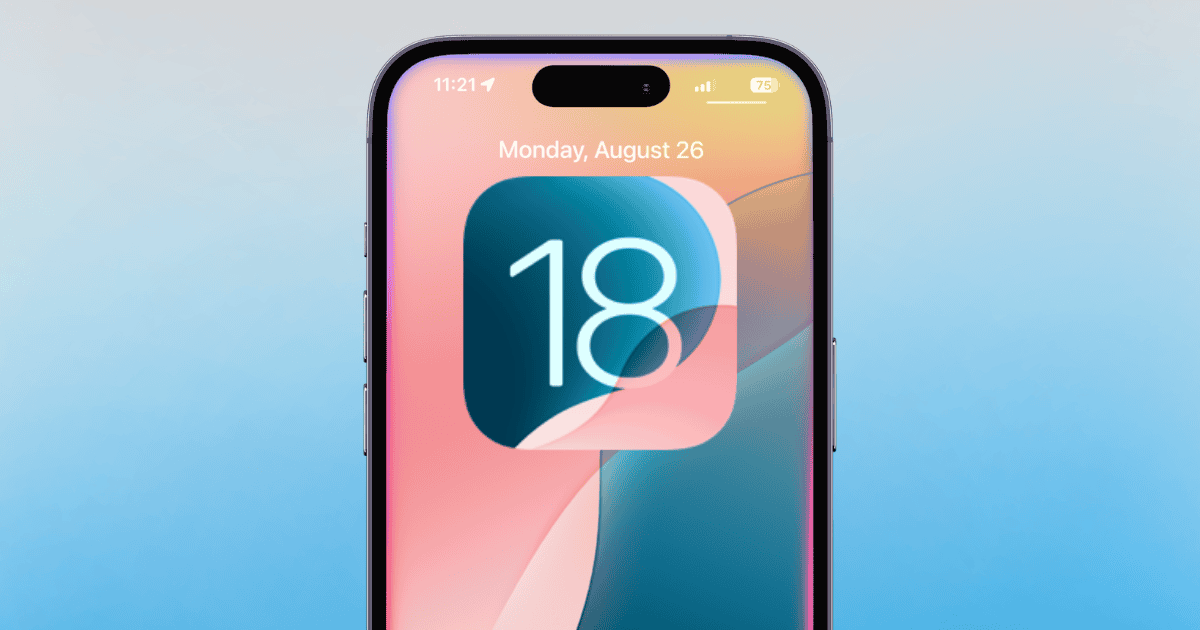DJI, the world leader in civilian drones and creative camera technology, launched the Air 3S in April 2023, aimed at both photography enthusiasts and professionals. This drone quickly gained popularity for its impressive combination of portability, advanced features, and most notably, its exceptional low-light performance. But what exactly makes the DJI Air 3S such a capable machine, especially when the sun goes down? Let’s dive in.
Anyone familiar with drone photography knows that low-light conditions present a significant challenge. Smaller sensors, common in many consumer drones, struggle to capture clean and detailed images as light fades. DJI addressed this head-on with the Air 3S. It boasts a 1-inch CMOS sensor, significantly larger than its predecessor, the Air 2S. This larger sensor allows the Air 3S to gather more light, resulting in dramatically improved image quality in low-light situations. Think stunning cityscapes at dusk or even capturing the Milky Way on a clear night.
Here’s what makes the Air 3S shine in low light:
- 1-inch CMOS Sensor: This is the heart of the Air 3S’s low-light prowess. A larger sensor means larger pixels, which are more sensitive to light. This translates to less noise and greater detail in your images and videos, even when shooting in challenging conditions.
- High Dynamic Range: The Air 3S supports up to 12.6 stops of dynamic range. This means it can capture a wider range of light and shadow detail, preserving information in both the brightest and darkest parts of your scene. This is crucial in low light, where contrast can be extreme.
- Improved ISO Performance: The Air 3S can shoot at higher ISO sensitivities with less noise than previous models. This gives you more flexibility to capture usable footage in low-light environments without sacrificing image quality.
But the Air 3S is much more than just a low-light specialist. It’s a true all-rounder, packing a suite of features that make it a compelling choice for a wide range of aerial photography needs.
Key features that make the Air 3S an all-rounder:
- Omnidirectional Obstacle Sensing: Safety is paramount, and the Air 3S excels in this area. It features obstacle sensors on all sides, allowing it to detect and avoid obstacles in its path, even in low-light conditions thanks to its advanced APAS 4.0 system.
- 4K 60fps Video: Capture incredibly smooth and detailed footage with the ability to shoot 4K video at 60 frames per second. This is perfect for capturing fast-moving subjects or creating cinematic slow-motion effects.
- 5.4K 30fps Video: For those who demand the highest resolution, the Air 3S can also shoot 5.4K video at 30 frames per second. This provides even more detail and flexibility in post-production.
- 10-bit D-Log Color Profile: Serious filmmakers will appreciate the 10-bit D-Log color profile. This allows for greater color grading flexibility in post-production, giving you more control over the final look of your footage.
- MasterShots: This intelligent feature automates complex camera movements and shot sequences, making it easy to create professional-looking aerial videos with just a few taps in the DJI Fly app.
My experience with the Air 3S:
I’ve been flying the Air 3S for several months now, and I’m consistently impressed by its performance. The image quality is superb, especially in low light. I recently took it on a trip to Iceland, where I was able to capture stunning footage of the Northern Lights dancing across the night sky. The drone handled the challenging conditions with ease, and the resulting footage was simply breathtaking. I was particularly impressed with the omnidirectional obstacle sensing. Flying in the challenging Icelandic landscape, with its cliffs and rock formations, I felt confident that the drone would keep itself safe.
Is the DJI Air 3S the right drone for you?
If you’re looking for a portable and powerful drone that excels in low-light conditions and offers a comprehensive set of features, the DJI Air 3S is an excellent choice. It’s perfect for photographers and videographers of all levels, from enthusiasts to professionals. However, it’s important to remember that drone regulations vary by location. Always check local laws and regulations before flying.

















Add Comment